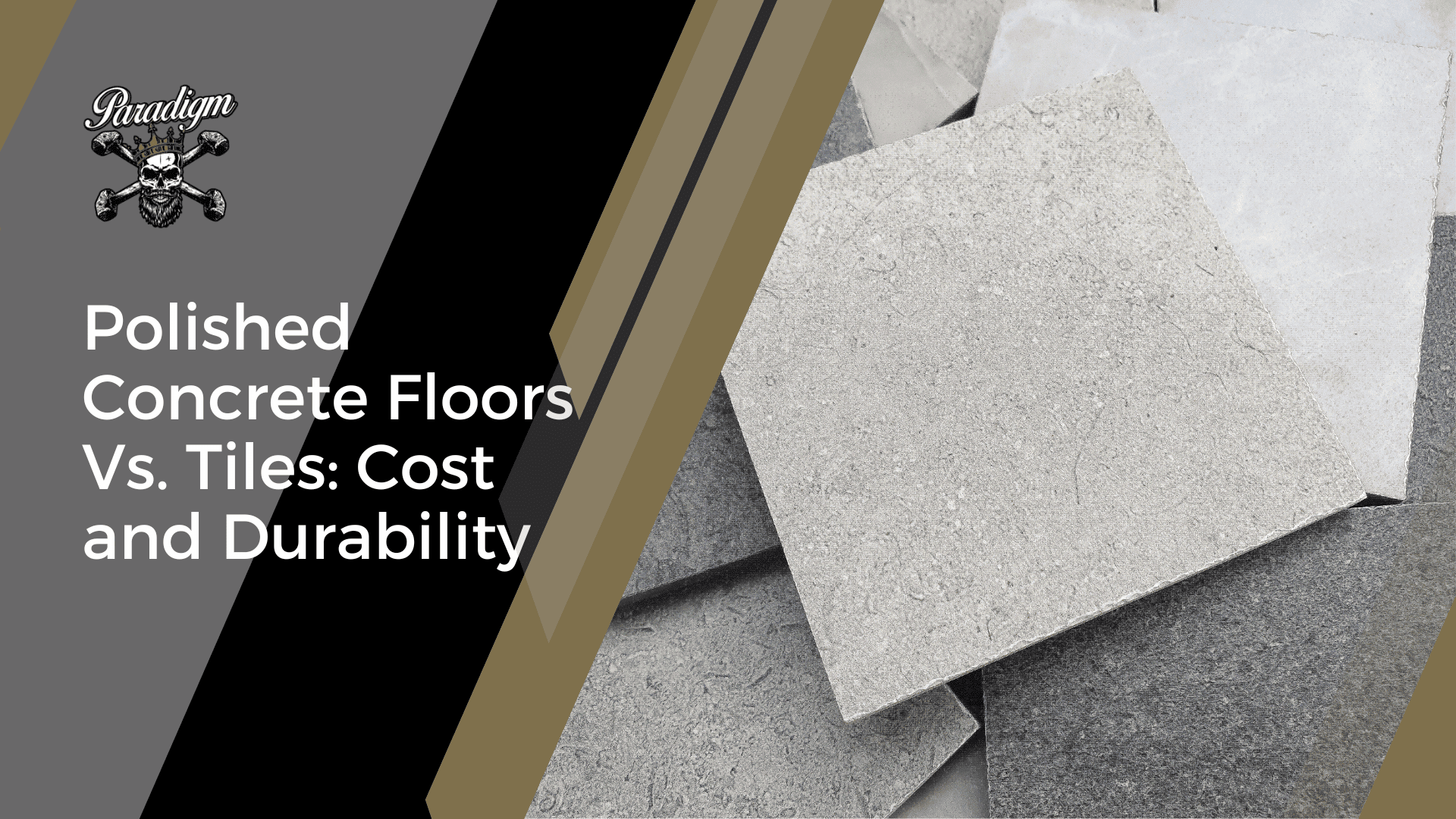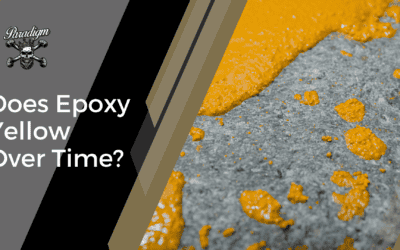Table of Contents
Polished Concrete Floors vs Tiles: Cost And Durability
Are you currently torn between the decision of opting for concrete floors or tiles for your home renovation project? If so, then your dilemma is valid as the choice of flooring can directly make or mar the overall look, cost, and durability of your space.
Whether you’re seeking an affordable solution or a long-lasting investment, weighing the benefits and drawbacks of concrete floors and tiles is essential. Fortunately, this article explores the comparison of concrete floors vs tiles, focusing specifically on their cost and durability aspects.
We also aim to provide you with a complete understanding of the benefits and problems with polished concrete floors and tiles. Let’s dive right in!
What is a Polished Concrete Floor?
Polished concrete flooring is a type of flooring that involves the process of grinding, honing, and polishing a concrete surface to achieve a smooth and glossy finish. It begins with the preparation of the concrete by removing any existing coatings, stains, or imperfections. Once the surface is prepared, a series of abrasive tools and diamond pads are used to progressively refine the concrete, resulting in a polished and reflective surface.
Polished concrete floors offer several benefits. Firstly, they are highly durable and resistant to heavy foot traffic, making them suitable for commercial and high-traffic areas. They are also long-lasting and can withstand wear and tear over time.
From an aesthetic standpoint, polished concrete floors provide a sleek and modern look to any space. They offer a wide range of design options, including various aggregate exposure levels, color dyes, and decorative patterns. The glossy finish of polished concrete can enhance the natural lighting in a room, creating a bright and inviting atmosphere.
What is a Tiled Floor?
A tiled floor deals with the installation of individual tiles onto a prepared surface. Tiles can be made from various materials, including ceramic, porcelain, and natural stone, each offering distinct characteristics and aesthetics.
Ceramic tiles are a popular choice for their affordability and versatility. They are available in a wide range of colors, patterns, and sizes, allowing for endless design possibilities. Porcelain tiles, on the other hand, are known for their durability and water resistance, making them suitable for areas prone to moisture, such as bathrooms and kitchens. Natural stone tiles, such as marble, granite, or travertine, provide a luxurious and timeless look but require more maintenance and may be more expensive.
Tiled floors offer several advantages. Firstly, they are highly durable and can withstand heavy foot traffic. They are also resistant to stains, scratches, and fading, making them suitable for both residential and commercial spaces. Tiled floors are relatively easy to clean, and spills can be quickly wiped away.
Polished Concrete Floors vs Tiles: What are the Differences?
The key differences between polished concrete floors and tiled floors include:
Polished Concrete Floors |
Tiled Floors |
| Tend to be more expensive. The higher upfront cost is due to the need for specialized equipment and skilled labor during the installation process. | Cost can vary depending on the material chosen, tile quality, size, design, and installation complexity. |
| Highly resistant to wear and tear, less prone to scratching and staining | Durable, may crack or chip under heavy impact |
| Limited color options, customizable patterns, and aggregate exposure levels | Wide range of design options, various colors, patterns, and textures |
| Can feel cold, but can be paired with radiant heating systems | Can feel cold, but can be enhanced with area rugs or underfloor heating systems |
| Low maintenance, regular cleaning, and occasional resealing | Regular cleaning and maintenance, grout lines require attention, long-lasting when properly cared for |
Is Concrete Cheaper Than Tiling?
Polished concrete floor costs can vary considerably depending on individual requirements. For concrete flooring, the price typically ranges from $50 to $150 per square meter.
In contrast, tiles generally range from $50 to $70 per square meter. It’s important to note that higher-quality tiles often come with a higher price tag.
Are Concrete Floors Colder Than Tiles?
Yes, concrete floors are generally colder than tile floors, especially during the winter months. Concrete is not an effective insulator on its own, which means that it can feel cold to the touch.
To solve this issue, you should ensure proper insulation when installing a concrete floor. This can help minimize heat loss and improve the overall comfort of the space. Insulation materials such as foam boards or underfloor heating systems can provide thermal insulation and mitigate the coldness of the concrete floor.
Final Thoughts
Polished concrete floors tend to have a higher upfront cost than tiled floors, but offer durability and resistance to wear, scratches, and stains. In contrast, tiled floors provide a wide range of design options and may be more affordable initially. Consider your aesthetic preferences and comfort needs, as concrete floors can be cold without proper insulation.
If you require advice or further information, please don’t hesitate to contact us directly. We’re here to assist you always.




